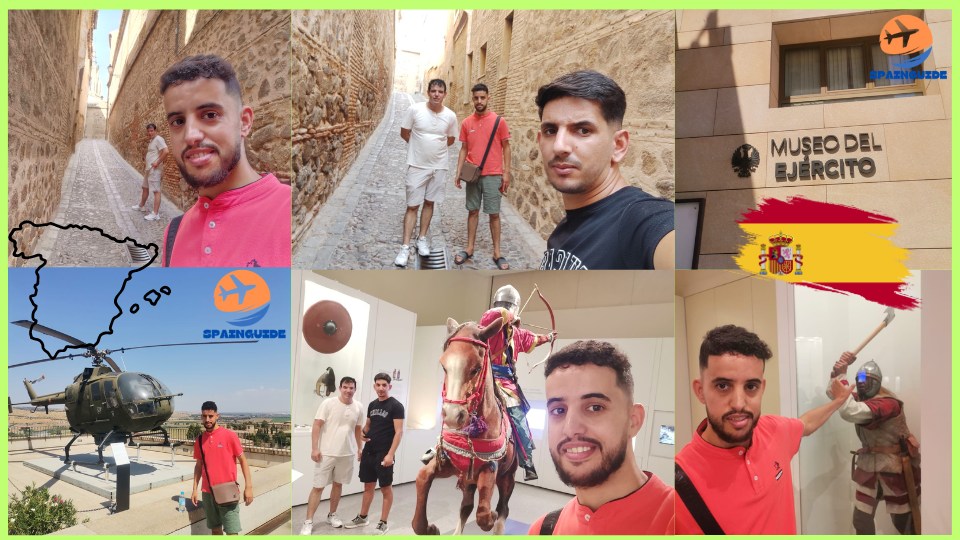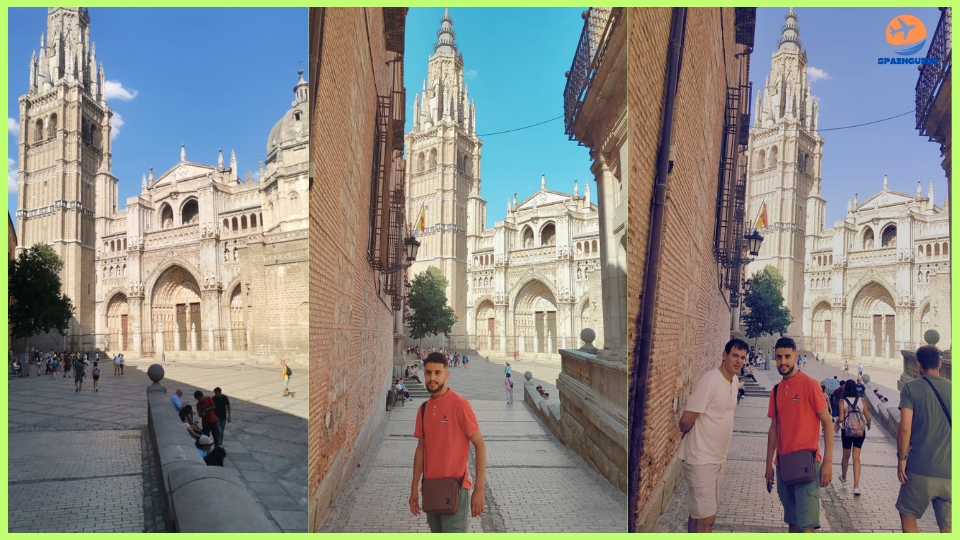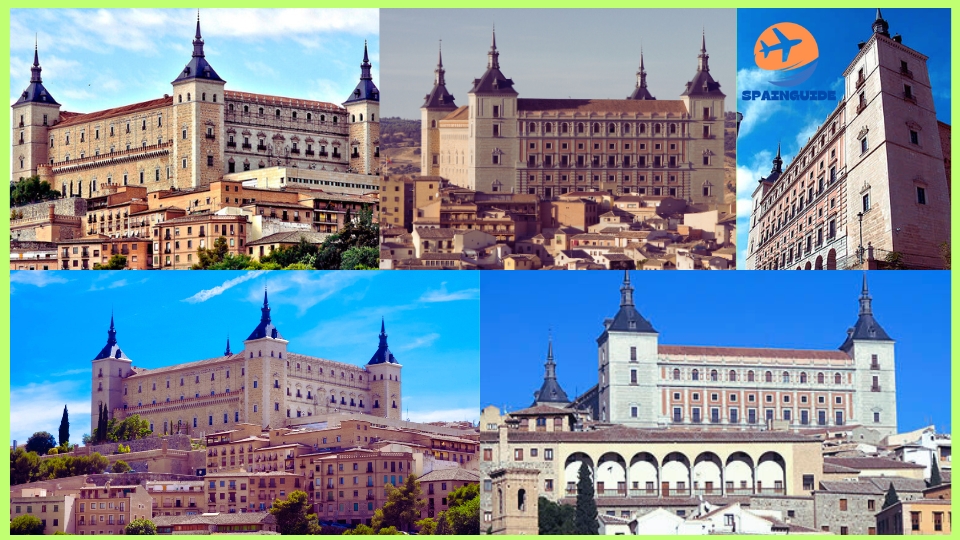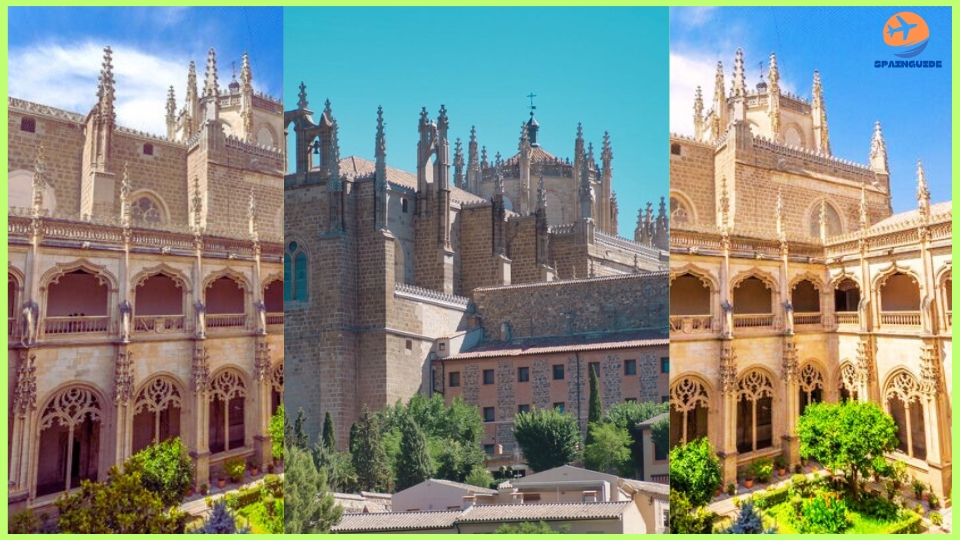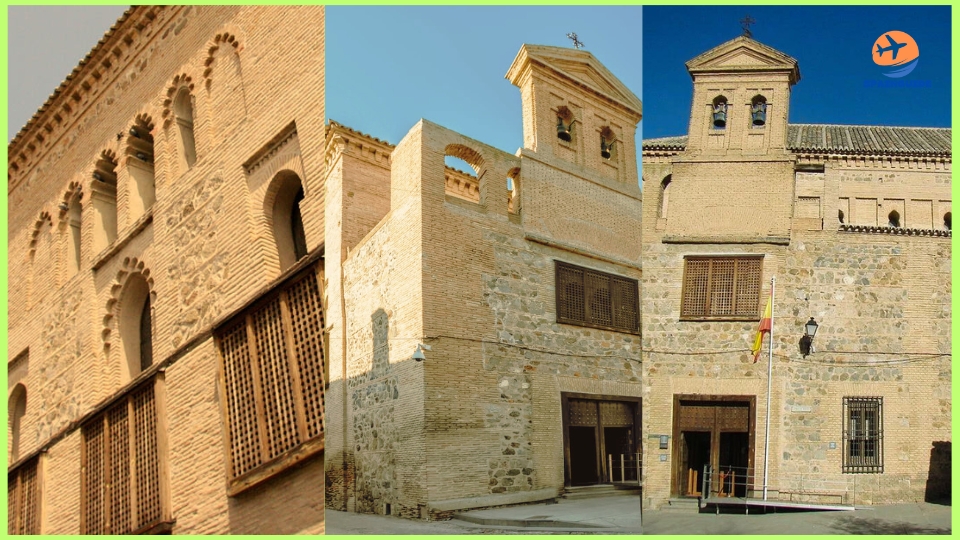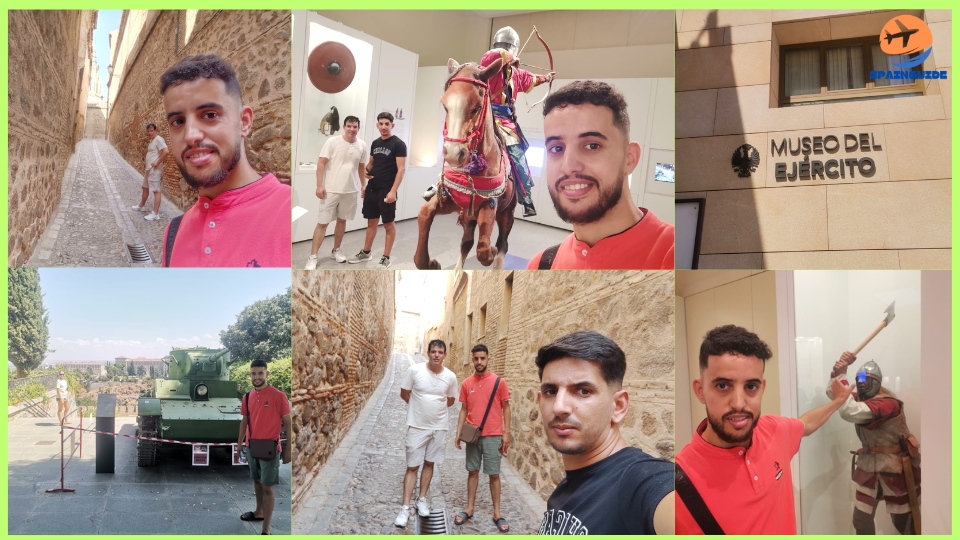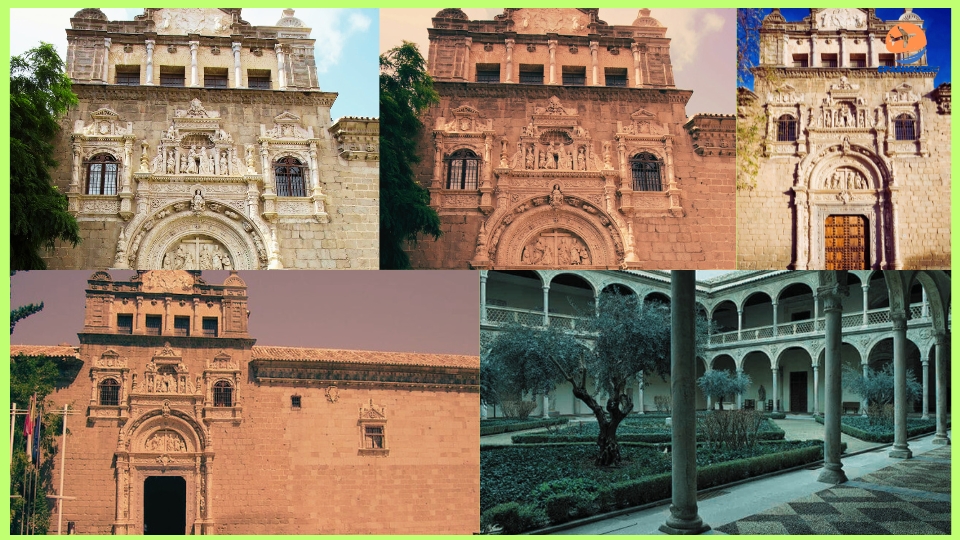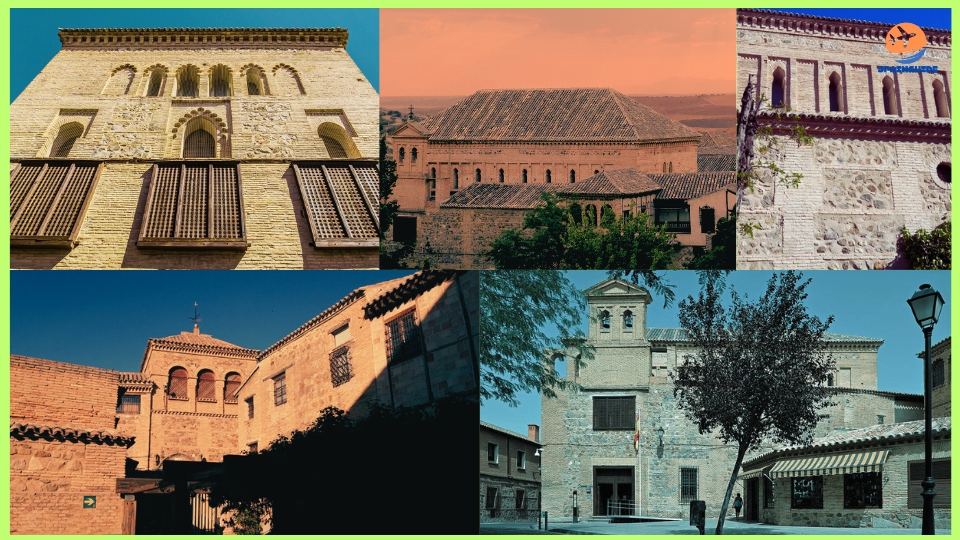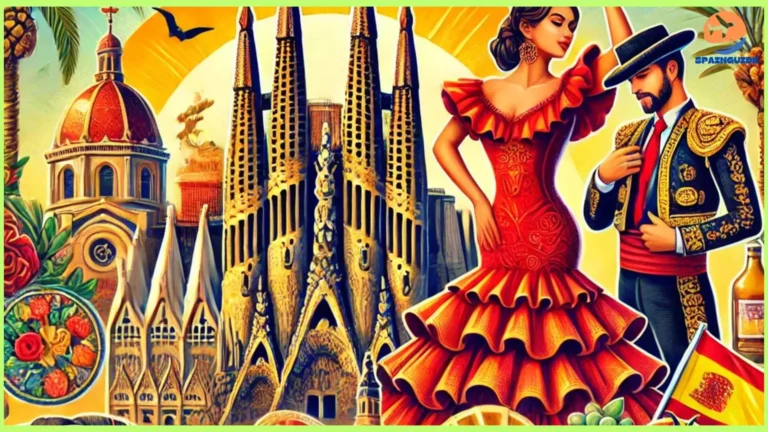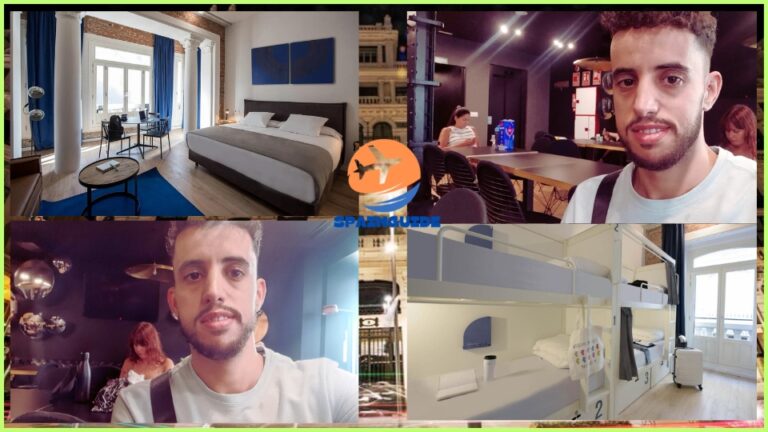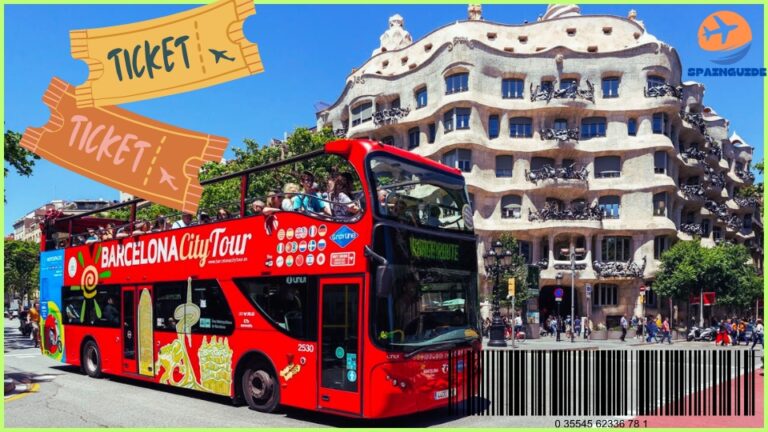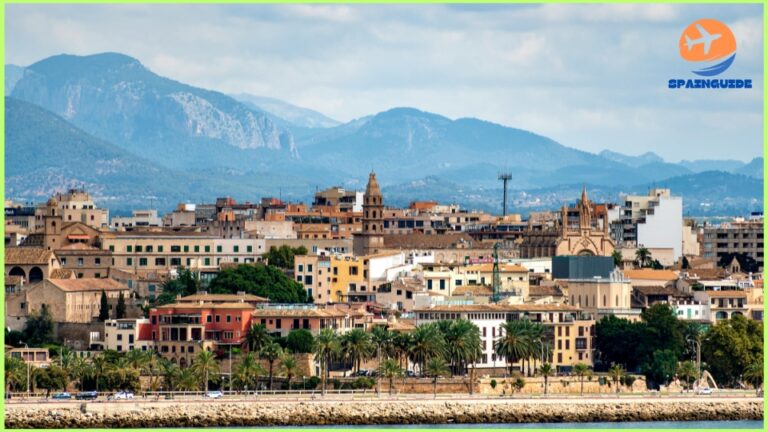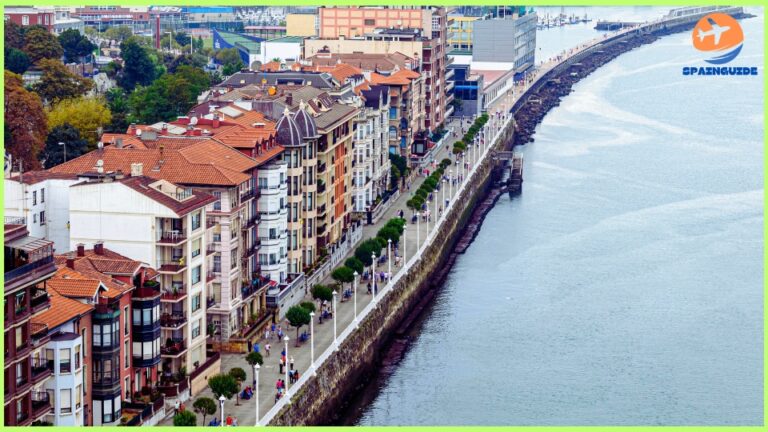Toledo isn’t just another stop on the map—it’s basically a living time machine. This UNESCO World Heritage Site is packed with history, culture, and that old-world charm you secretly hope every Spanish town has. People call it the “City of Three Cultures” because it’s where Christian, Muslim, and Jewish influences all blend, and honestly, you feel that mix around every corner.
So, what’s the deal with Toledo? Well, this article’s gonna walk you through the must-sees: the big historical landmarks, the cultural gems, a little nature, and of course, those picture-perfect spots you’ll want to flood your Instagram with. Whether you’re a total history nerd, an art junkie, or just someone hunting for a ridiculously pretty getaway, Toledo’s got something up its sleeve for you.
Historical Landmarks
Toledo Cathedral
The Cathedral of Toledo represents one of the most overwhelming examples of Gothic construction in Spain. It began in 1226, but the building continued for more than two centuries until an outstanding result combined styles from Gothic and Mudéjar to Renaissance. Among its beautiful interior details, it has some very remarkable stained glass windows, intricate woodwork in the choir stalls, and the enormous altarpiece known as El Transparente in Baroque style.
More Information: Cathedral of Toledo
Alcázar of Toledo
The impressive Alcázar fortress stands on the highest point of Toledo, offering stunning 360° views over Toledo and its surroundings. Originally a Roman palace, the Alcázar de Toledo has always been subjected to changes of varied characteristics throughout the centuries. From a royal residence to a military academy list goes on. Today, it hosts the Army Museum, where guests can view displays of Spain’s military history.
Monastery of San Juan de los Reyes
The Monastery of San Juan de los Reyes is an excellent example of late Gothic architecture with remarkable Mudéjar traces, commissioned by the Catholic Monarchs Ferdinand and Isabella. It was supposed to be a royal pantheon where the extemporaneous and baroque cloisters would denote the greatness of such a project along with a monumental façade. The chains of the Christian prisoners freed from Moorish captivity hang from the monastery walls, symbols of the Reconquista.
Synagogue of El Tránsito
The Synagogue of El Tránsito is one of the most important Jewish monuments in Spain. Developed in the 14th century, it provided a place of worship for Toledo’s dynamic Jewish community. Now, the synagogue houses the Sephardic Museum, enabling visitors to learn about the history and culture of the Sephardic Jews in Spain. The intricate stucco work and Hebrew inscriptions within the synagogue show the height of the medieval city of Toledo’s artistic achievement.
Museums and Cultural Sites
Museo del ejercito toledo
The Army Museum is located in Toledo, Spain. It is one of the most important military museums in Spain, along with the one in Madrid. Housed in the historic Alcázar of Toledo- a fortress with a rich history dating back to Roman times- the museum gives an overview of the military history of Spain from ancient times down to the present.
Historic Setting:
It is housed in the Alcázar of Toledo, one of the most important strongholds that have hosted virtually all historic events dear to the Spanish people, including the Spanish Civil War. The building itself forms part of the military history of Spain.
This museum provides interaction with history in the form of interactive exhibits. This comes in the form of multimedia displays, detailed dioramas, and educational programs that bring the past to life.
Notable Exhibits:
Some of the largest items that stand out are a sword once belonging to El Cid, ancient artillery pieces, and a section related to the Spanish Civil War, whose exhibits delve into the Siege of the Alcázar in depth.
Panoramic Views:
The Alcázar terraces open up to visitors with great views over Toledo and the surrounding landscape. There is no equal anywhere in the world to the view over the historic city.
Information:
Address: Alcázar de Toledo, C. de la Paz, s/n, 45001 Toledo, Spain.
Times open: Generally Tuesday to Sunday, opening times vary depending upon the season.
Museo de Santa Cruz
Located in the antique buildings of a hospital, the Museum of Santa Cruz is one of the most important cultural attractions in town. It features extensive collections of art, archaeology, and decorative arts. The exhibits range from Roman mosaics to the works of El Greco, tracing the history of the artistic heritage of Toledo. The building itself is a piece of architecture: Gothic combined with features of the Renaissance.
Sephardic Museum
Located in the Synagogue of El Tránsito, this Sephardic Museum outlines the history of the Jewish community in Toledo through its religious artifacts, historical documents, and items of cultural interest before their expulsion from Spain in 1492. It’s one of those poignantly sad reminders of the great, multifarious cultural heritage of the city.
Museo del Greco
Probably the most renowned of Spain’s painters, El Greco lived much of his life in Toledo; the Museo del Greco is dedicated to his work and legacy. Once thought to be the house in which El Greco lived, this 16th-century house was opened as a museum in his honor. A selection of his paintings, which includes his famous portraits and religious works, is available to view at the museum where visitors can also learn about his influence on the art world.
Natural and Scenic Spots
Mirador del Valle
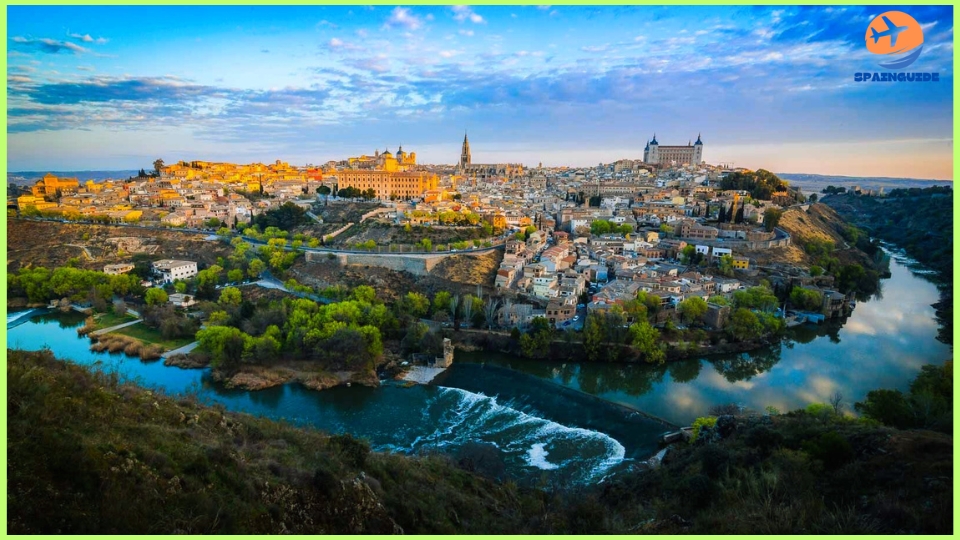
Perhaps the place that offers breathtaking views over Toledo, the Mirador del Valle is a must-see. This is one panoramic spot where, in the middle of medieval streets, towers over cathedrals and the Alcázar, all neatly framed by the Tagus River. This is, therefore, an ideal place to take pictures and to fully appreciate this fantastic city architecture.
Tagus River and Puente de San Martín
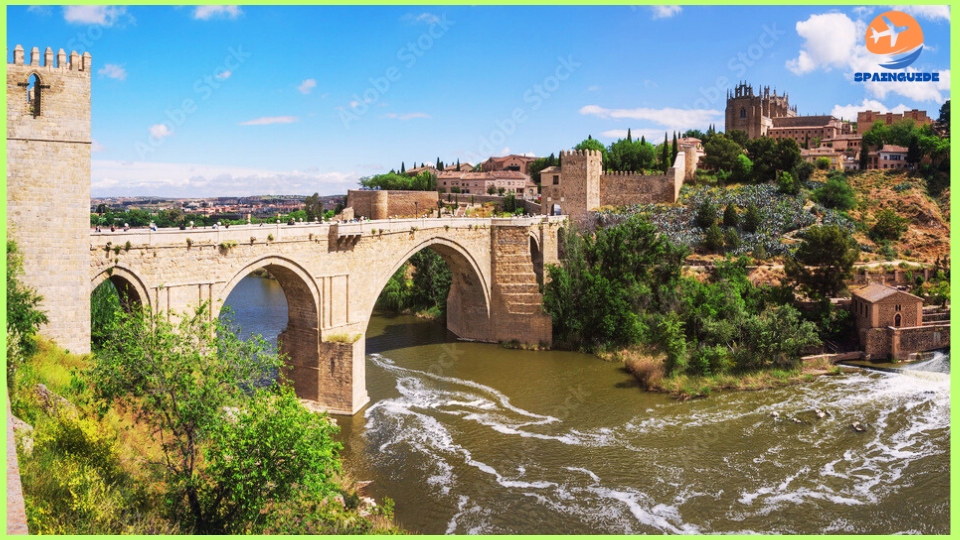
The Tagus River is the longest in Spain; its curving through Toledo enhances the city’s natural beauty. But perhaps one of the best views that this river has is from the Puente de San Martín, a medieval bridge that cuts across the Tagus. It offers fabulous views of the river and landscape around it, hence why it is so popular among tourists and locals as well.
El Tránsito Gardens
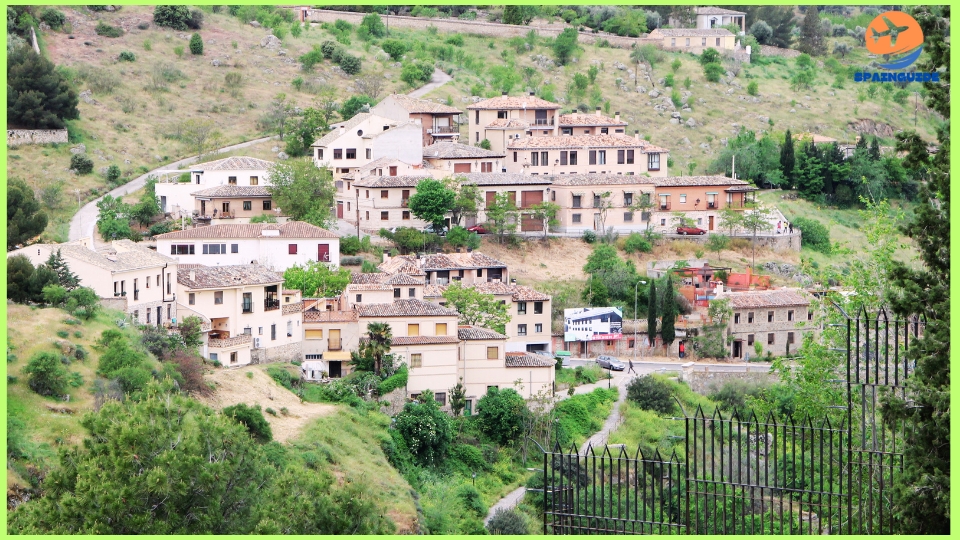
Alongside the Synagogue of El Tránsito are the serene El Tránsito Gardens, located in the heart of the city of Toledo. Indeed, the garden is a quiet place where one can lie down and enjoy the surroundings with the shady trails, vegetation, and Tagus River scenery, making it an ideal spot for relaxing walks after visiting the historical sites in the area.
Unique Experiences
Jewish Quarter
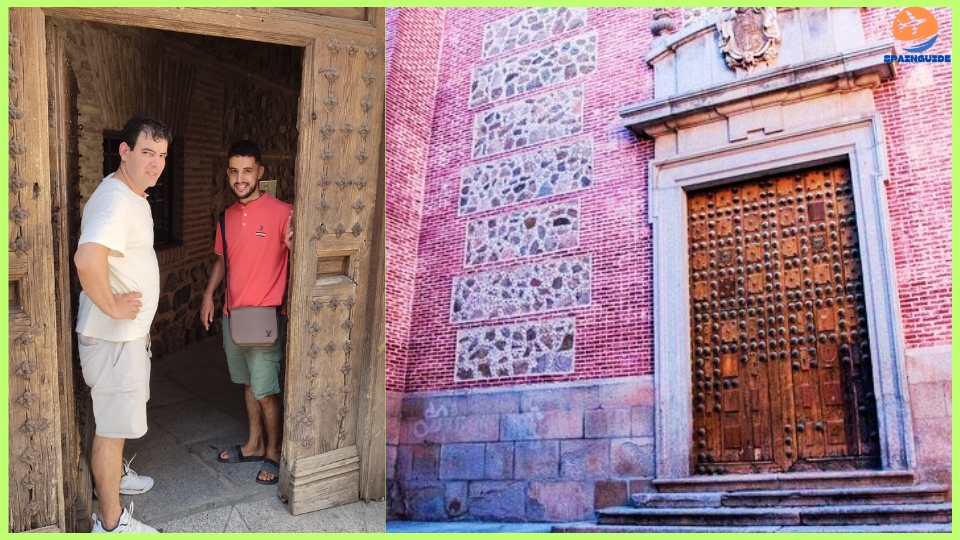
The Toledo Jewish Quarter is a maze of narrow streets and courtyards lined with historic buildings, reminding one of the history of Jews in the city. Visitors may enter here and see the synagogues from centuries past, the Sephardic Museum, and the remaining evidence of a once flourishing Jewish community. It is a time warp that gives a view of what medieval Toledo was city of many cultures.
Tasting Local Cuisine
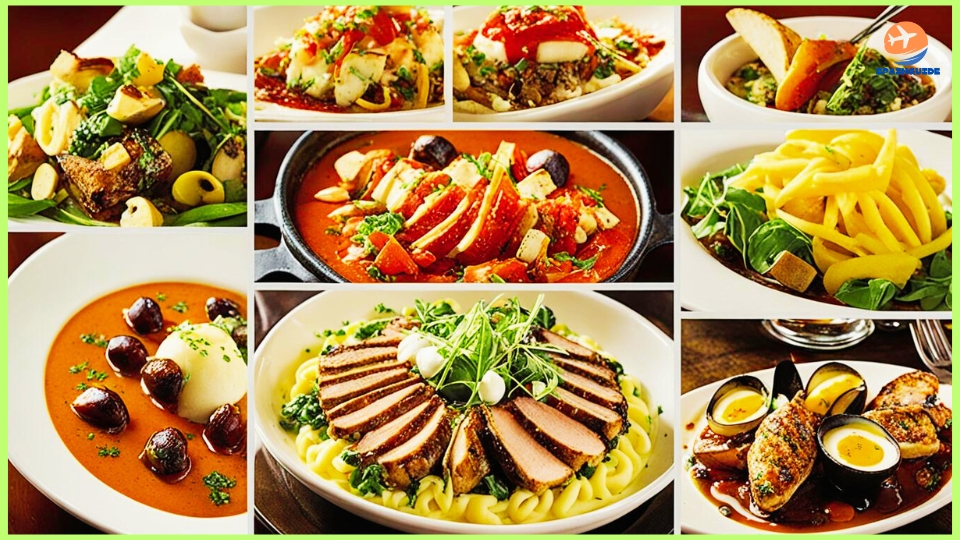
No visit to Toledo is complete without sampling some of the local cuisine that the city has to offer. Hearty and full-flavored, its cuisine reflects the diverse cultural history of the city. Sampling should include marzipan, a sweet almond confection, carcasses-a stew of meats, and trout a la tolerance. For a genuinely local experience, step into one of Toledo’s traditional taverns or family-run restaurants.
Toledo’s Artisan Shops
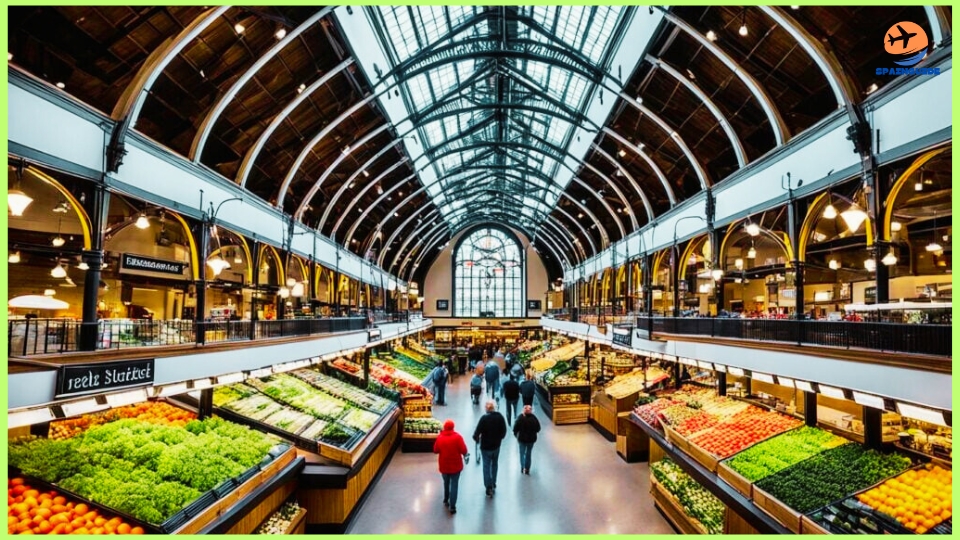
The craftsmanship of Toledo is an age-old tradition, and in the city’s artisan shops, one can find special souvenirs. From intricate damascene jewelry to handmade swords and knives, almost everything is sold in these shops. By visiting such shops, the visitor not only helps the artisans by encouraging them but also gets an opportunity to take away a part of Toledo’s rich culture.
Festivals and Events
Corpus Christi Festival

The Corpus Christi Festival is an extremely important religious event in the city of Toledo, which receives people from practically every area of Spain and even beyond. There are giant processions, religious functions, and flower-and-banner-filled streets. It is a dynamic manifestation of the deeply enshrined religious traditions of Toledo and an excellent opportunity to get a taste of the cultural spirit of the city.
Events around Zocodover Square
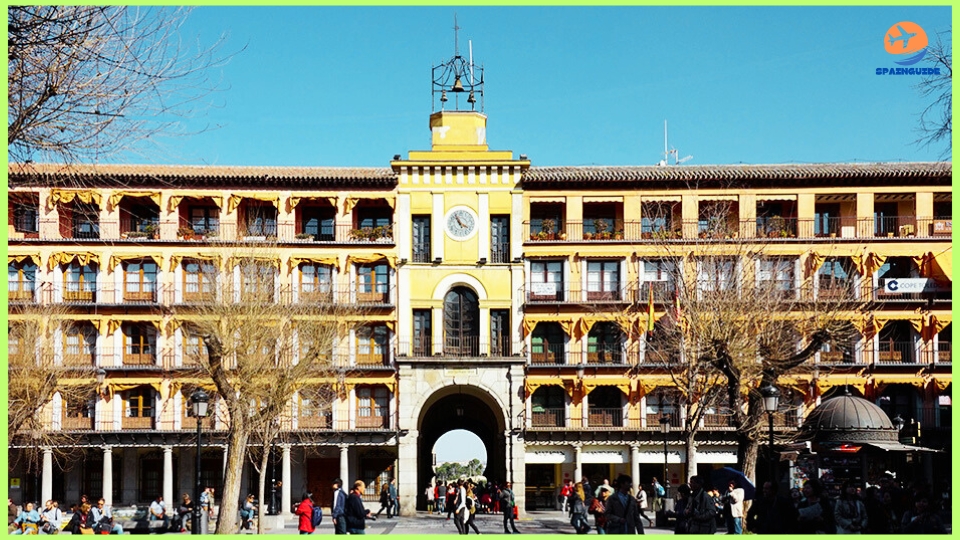
Zocodover Square is Toledo’s heart, buzzing throughout the year with festivals, markets, and cultural events. Something is always happening on this lively square, from Christmas markets to open-air concerts. Very suitable for soaking in the local culture and feeling the vibrancy of this city.
Expert Insights
Interview with Local Tour Guide
For a deeper understanding of Toledo’s history and culture, we enlisted the services of a local guide who has taken tourists through the city for over 20 years. He insists that the only way one can truly appreciate the beauty of Toledo is by taking one’s time out of and about it outside the realms of ordinary touristy spots. “Toledo is a city of hidden treasures,” he says. From hidden courtyards to more obscure museums, so much awaits discovery one is willing to venture off the beaten track.”
Practical Information for Visitors
Best Times to Visit
If you’re planning a trip to Toledo, the sweet spot is definitely spring or fall. The weather’s just right—warm enough to stroll around without melting—and the crowds aren’t as crazy. Plus, you might luck out and catch one of the city’s big festivals, which is like getting a bonus cultural experience thrown into your trip.
Summer? Well, let’s just say it’s not for the faint of heart—temperatures can easily shoot past 30°C, so unless you love feeling like you’re walking through an oven, maybe skip July and August. Winter’s pretty chill (literally), with cool temps and a bit of rain here and there, but still doable if you don’t mind packing a jacket.
Transportation in Toledo
From Madrid, the easiest and fastest way to reach Toledo is by train, as it takes half an hour. In the city, you should walk because most Toledo attractions are within walking distance from each other. If you don’t feel like walking, there are always local buses and taxis around. Also remember that Toledo’s streets could be steep and narrow, so comfortable walking shoes are recommended.
Where to Stay
There is a great variety of accommodations available in Toledo, from the most luxurious hotels to the cheapest hostels. However, the best option to fully experience the city is to stay in one of the city’s historic buildings, which have recently been converted into boutique hotels. This accommodation will give you all the charm of a characteristic building with its traditional decoration and is mostly located near every main attraction.
Future Outlook
Conservation of Toledo’s Cultural Heritage
One of the coolest things about Toledo is that, no matter how much time passes, people from all over the world keep flocking here. And honestly, it makes sense—the city’s packed with so much history and character, it’s basically irresistible. That’s why there’s such a big push to take care of it all. The local folks and organizations are working hard to protect the old buildings, keep the architecture looking amazing, and make sure tourism doesn’t ruin what makes Toledo special. The idea is simple: so future travelers (like your grandkids, maybe) can still wander around and say, “Wow, this place is incredible.”
Toledo’s one of those places that just grabs you the moment you arrive. It’s got the history, the jaw-dropping architecture, the buzzing culture—and somehow it all fits together perfectly. You’ll go from checking out ancient landmarks to stumbling into lively festivals, and honestly, it’s the kind of city that keeps surprising you. Wandering down those narrow little streets (which feel like an outdoor art gallery, by the way) or just stopping to take in the views—you’ll catch yourself thinking, yep, I could stay here forever.

